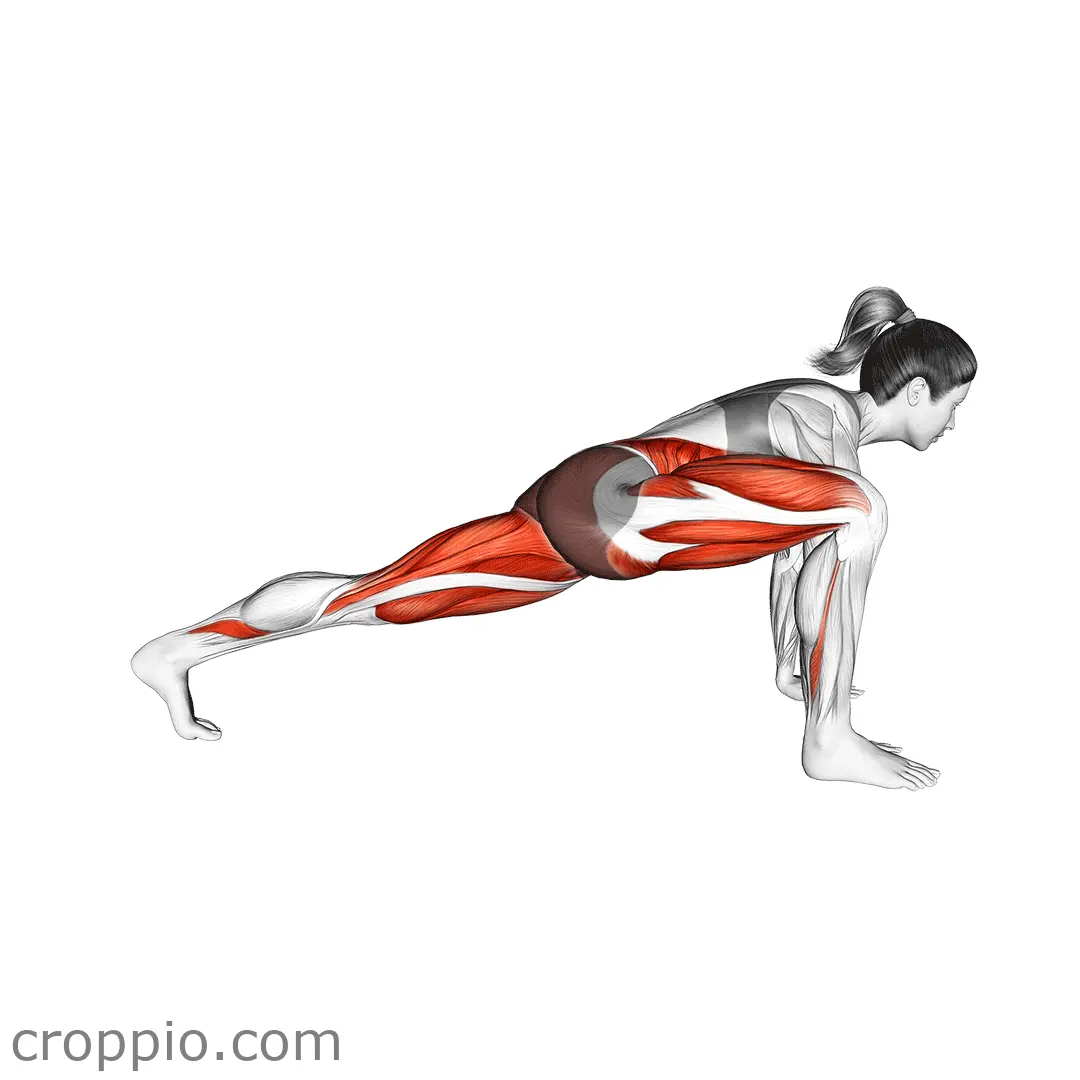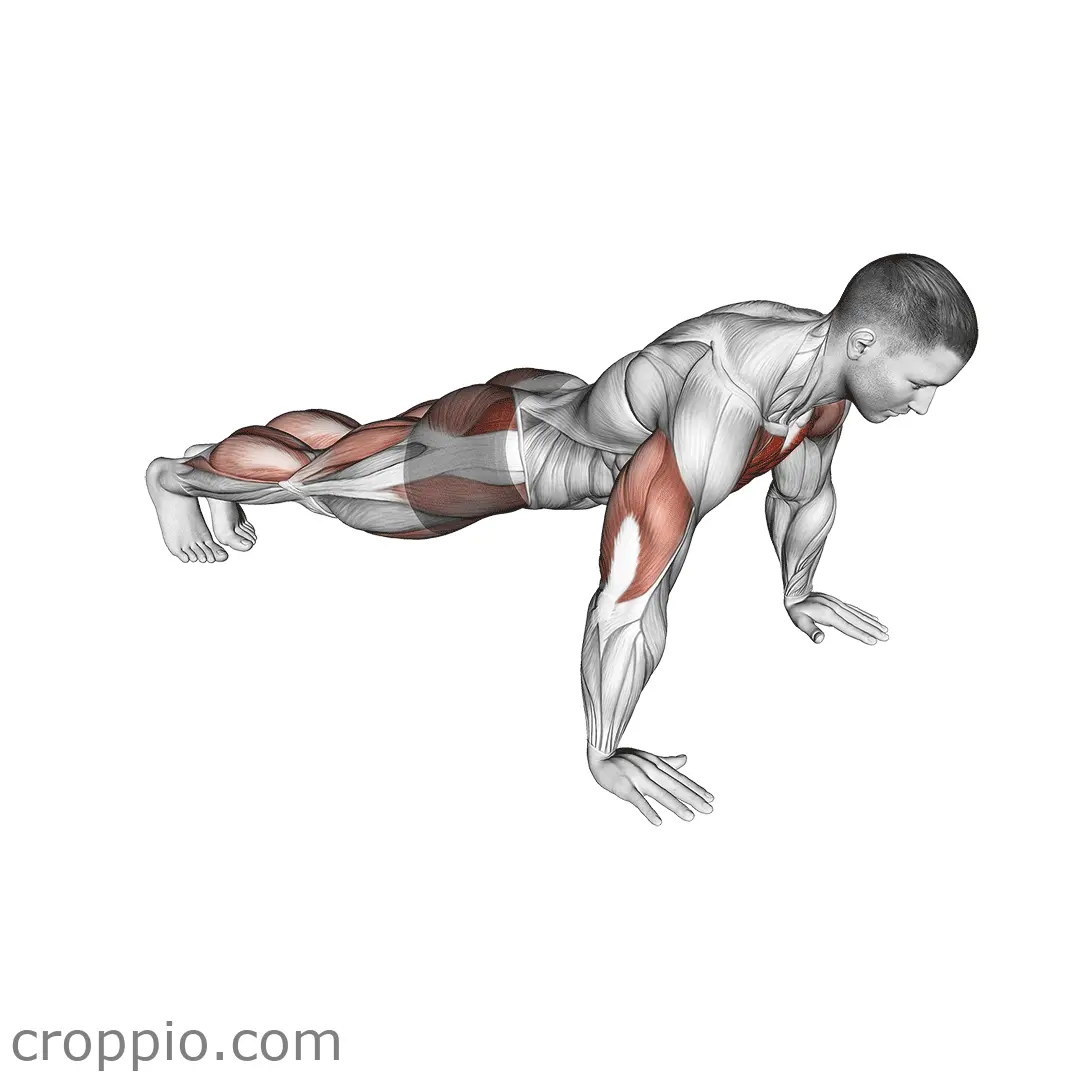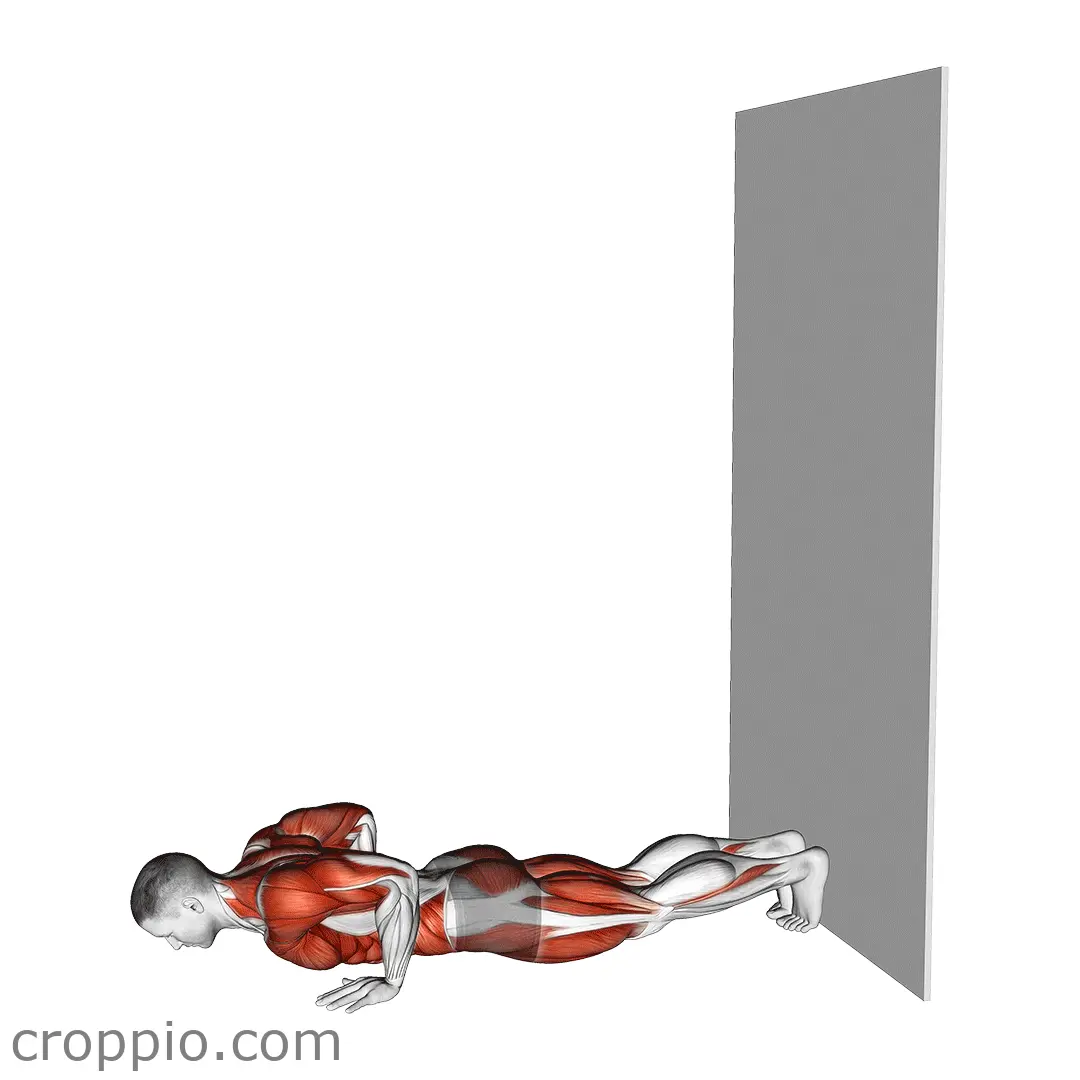Tuck Jump

Muscles Involved
The tuck jump is a dynamic plyometric exercise primarily targeting the quadriceps, hamstrings, and gluteal muscles, which are essential for explosive jumping movements. Secondary muscles engaged include the calves, core, and hip flexors. The core is particularly vital as it helps stabilize the body throughout the jump, allowing for efficient power transfer and balance. Engaging these muscle groups collectively enhances overall leg strength, agility, and endurance.
Top Mistakes
- Insufficient Knee Lift: Failing to bring the knees high enough can reduce the effectiveness of the tuck jump and increase the risk of injury.
- Poor Form: Leaning too far forward or backward while jumping can lead to instability and potential strain on the spine.
- Lack of Control on Landing: Landing stiffly or on flat feet can increase impact stress on the joints. It’s essential to absorb the landing with bent knees.
Execution Tips
- Start with a Proper Stance: Stand with your feet shoulder-width apart, arms at your sides, and prepare for the jump.
- Explosive Jump: Use your arms to generate upward momentum by swinging them forward as you jump, lifting your knees towards your chest.
- Controlled Landing: Land softly on the balls of your feet with knees slightly bent, absorbing the impact by lowering your body into a quarter squat.
- Maintain Core Engagement: Keep your abdominal muscles tight throughout the movement to ensure stability and prevent leaning.
Workouts
The tuck jump can be effectively incorporated into a variety of workout routines. For beginners, start with 3 sets of 5-10 repetitions, allowing ample rest between sets to ensure quality reps. As you progress, you can increase the number of repetitions to 15-20 per set and decrease rest time to boost cardiovascular intensity. Pair the tuck jump with other plyometric exercises like box jumps or burpees for a powerful metabolic circuit, or incorporate it into HIIT (High-Intensity Interval Training) sessions, alternating with exercises such as push-ups or mountain climbers for a full-body workout.
Conclusion
The tuck jump is an excellent exercise for building lower body strength, improving explosive power, and enhancing agility. Its dynamic nature not only helps in promoting cardiovascular fitness but also develops muscle coordination and stability. Regular incorporation of tuck jumps into your fitness regime can lead to enhanced athletic performance and confidence in jumping abilities.



